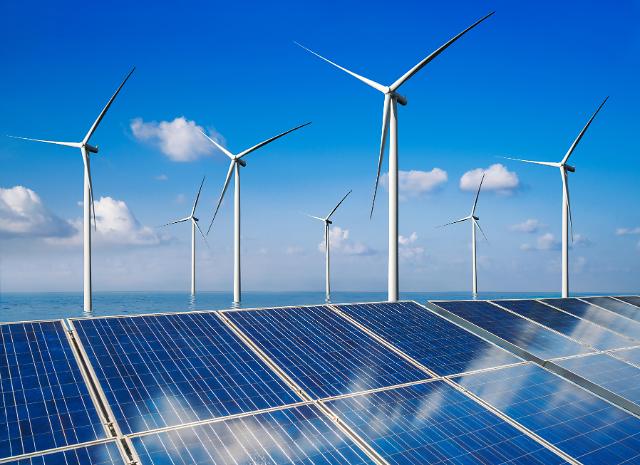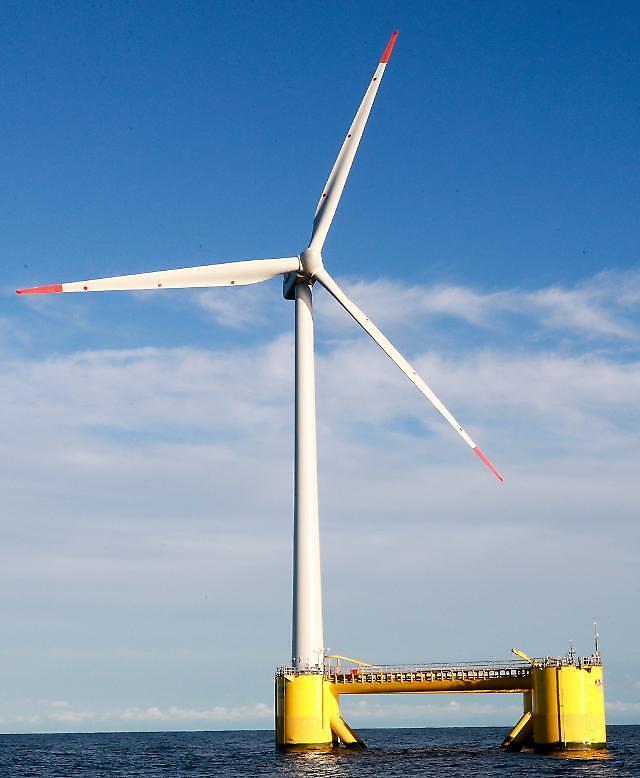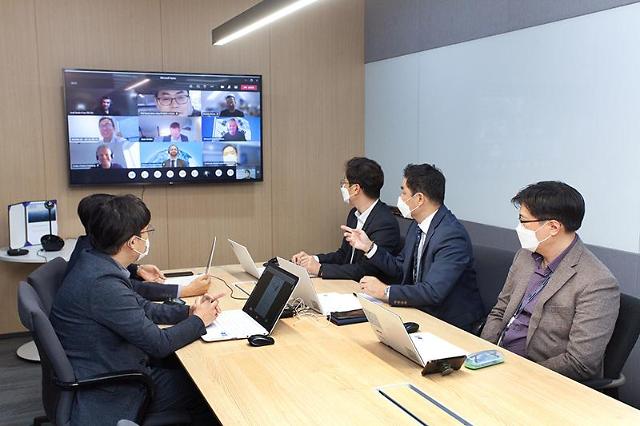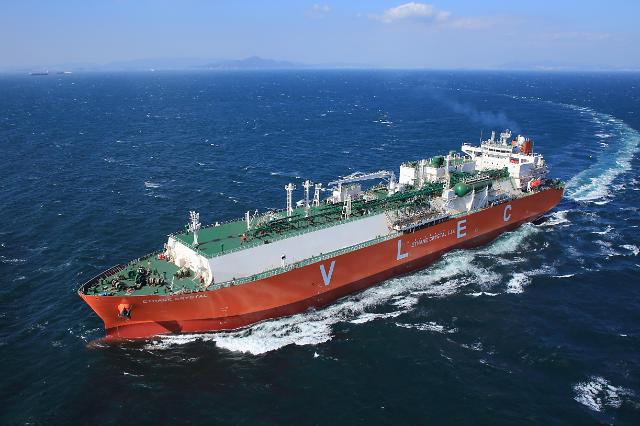
[Getty Image Bank ]
SEOUL -- Daewoo Shipbuilding & Marine Engineering, a major shipbuilder in South Korea, will use its accumulated experience in the design and production of offshore oil plants to produce offshore substations for fixed and floating wind farms through cooperation with the power plant design and engineering wing of a state utility company.
Daewoo Shipbuilding & Marine Engineering (DSME) said in a statement on January 20 that it has signed a memorandum of understanding with KEPCO E&C to jointly research and develop offshore wind power substation facilities. An offshore substation houses electrical components for transforming power supplied by wind turbines for exporting to the onshore grid.
Offshore wind farms can generate more electricity than those set up in shallow waters. According to Fortune Business Insights, a market research firm, the global market for floating wind farms is growing at an annual growth rate of 49.9 percent to reach $9.3 billion by 2026.
Compared to fixed offshore wind farms which are generally installed in shallow waters, floating wind turbines located in deep waters can reach stronger and more consistent winds. The Seoul government has called for the localization of technologies related to floating offshore wind farms by 2025.
In November 2020, SK Engineering and Construction joined an all-star business team involving domestic and foreign companies that would secure core technologies and develop a competitive model for floating offshore wind farm projects at home and abroad.
Samsung Heavy Industries has partnered with DNV GL, a registrar and classification society headquartered in Norway, for the joint development of element technologies for designing flowing wind turbine floaters and "digital twin" remote maintenance technologies. The floater is a large structure supporting wind power generation facilities, which are similar in design to semi-submersible crude oil production facilities..
Copyright ⓒ Aju Press All rights reserved.




View more comments